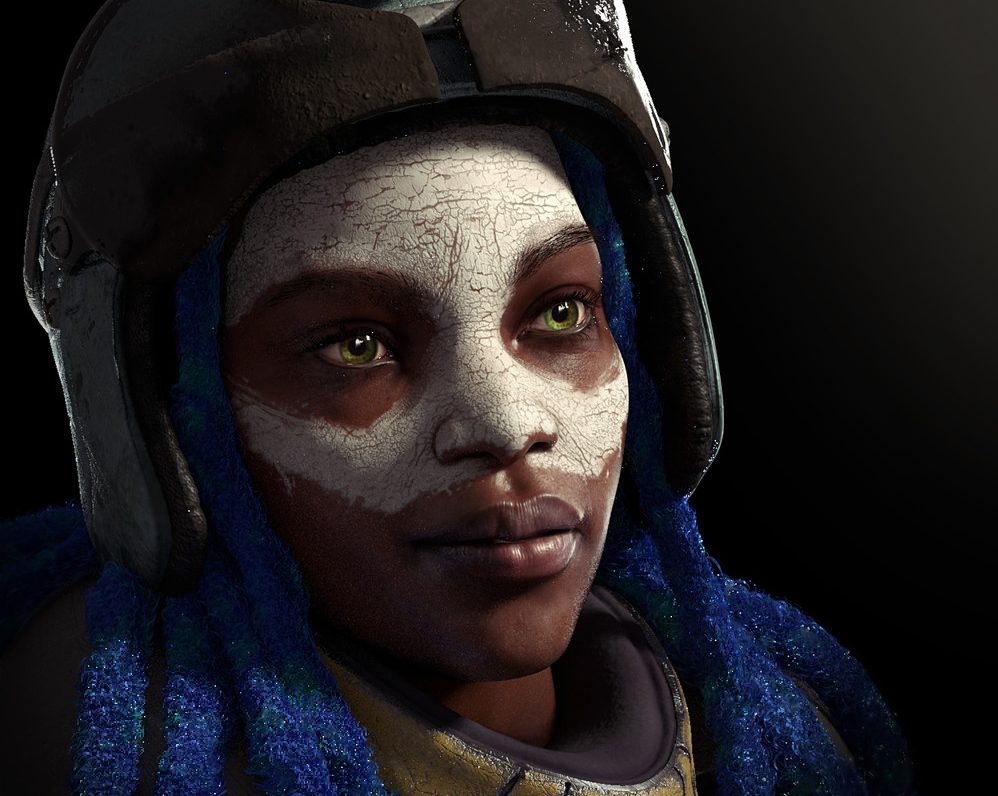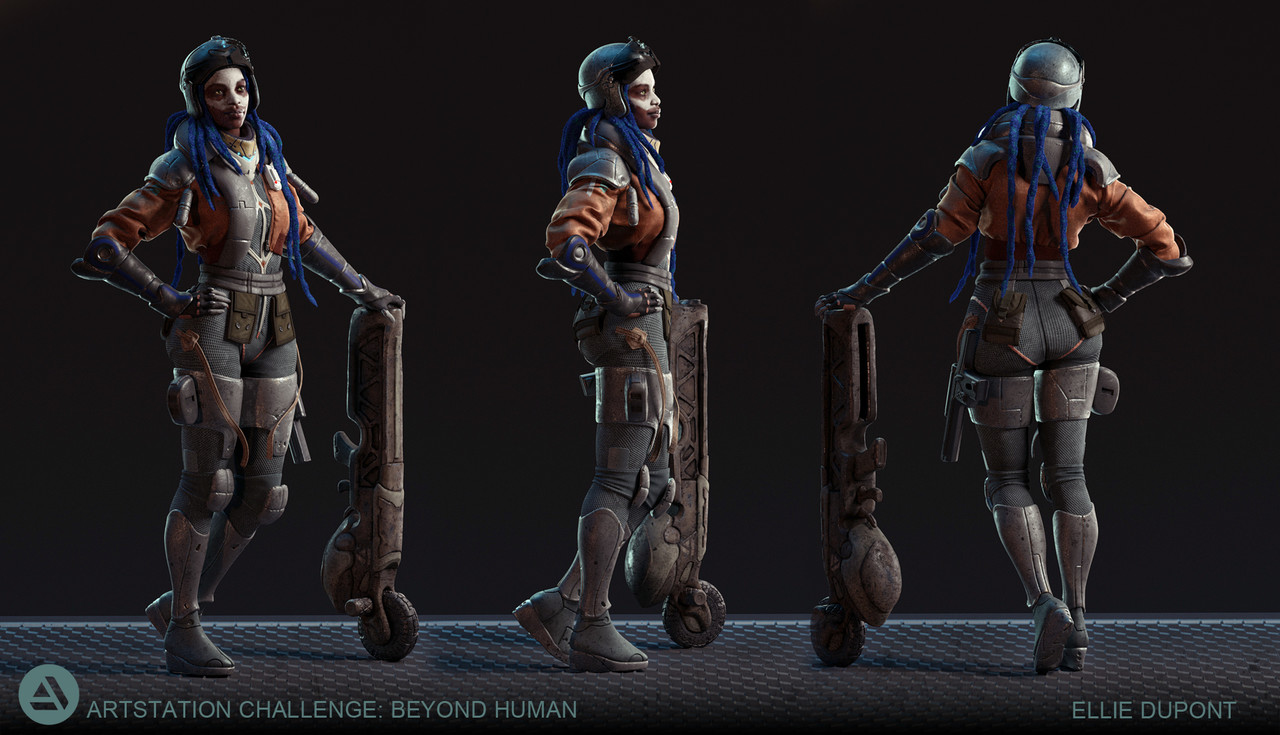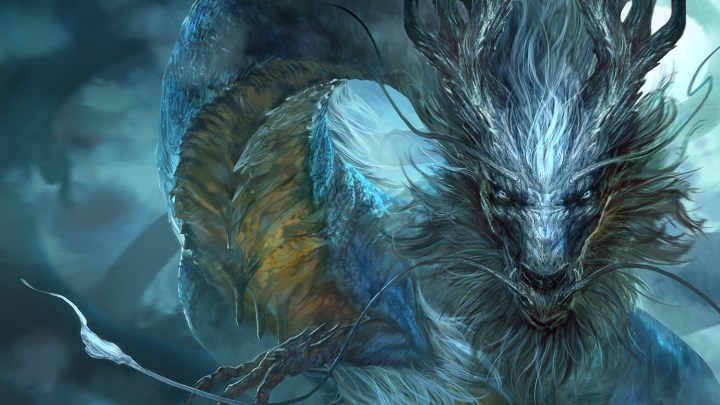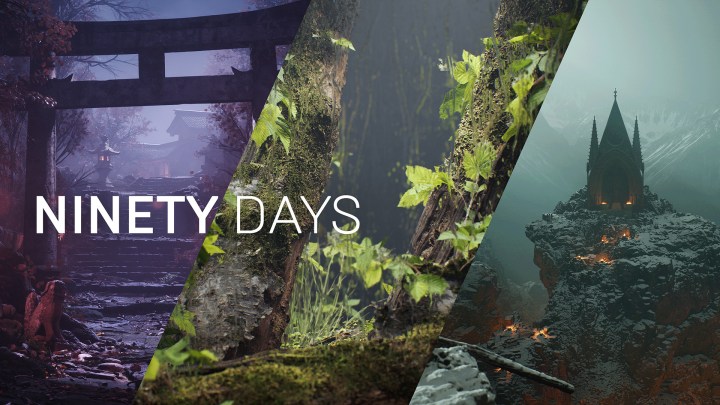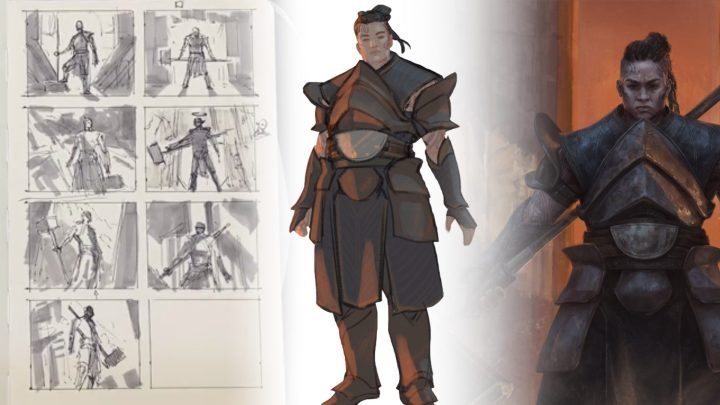Beyond Human Challenge: Film/VFX Character Interview
For the Film/VFX Character category of the Beyond Human Challenge, participants had to fully render a character from the future of humanity, to look as real as possible. Once again, they were given the choice of choosing a concept from Phase 1 or creating their own. Because of the amount of detail required, some think this is one of the most difficult challenge categories!
See what winners, Ellie Dupont, Artem Artificial and Lukas Walzer had do say on their experience:
Tell us about the piece you created and why you choose to either create your own design or choose one from Phase 1.
Ellie: I chose to use a concept piece from Phase 1 of the challenge, by the talented artist, Maxim Marenkov. I really wanted to make this character as the personality and design really appealed to me. I also wanted to try to create a stereotype you don’t always see on screen. I was really pleased I managed to take the character to completion.
Artem: This was a vampires warrior – a brutal huge guy, with a melee weapon that looks like a big scythe. This concept was made by Roman Kupriyanov, and I liked the mood of it. The main reason I did not choose to make character by myself is because I practically cant draw, or rather I’m doing it on a pretty bad level. Perhaps you can make a concept by photobashing or from a zbrush sculpt, but, I saw the works of the first stage, and was very excited! I found there a lot of cool characters with good design and detail. I decided not to take risks.
Lukas: I definitely wanted to bring my own concept because I just couldn’t resist the creative challenge this interesting topic posed for me. I chose to do a mech kind of thing, because that is something that I haven’t really tried before but also I wanted it to be more organic, since I knew that my hard-surface modeling skills are way inferior compared to those I would have to compete with.
As a first time or returning challenger, what was your strategy for the challenge?
Ellie: I completed in the last ArtStation challenge, Ancient Civilizations, and got an honorary mention. My husband, Remy Dupont, won first place. We often work together and support each other, but also we can be quite competitive personalities! This gave me the drive and determination to try again for one of the top three awards for the next challenge. I’m really pleased I did as it was worth it. Going through the process the second time around was much easier as I had a better idea of how fast I needed to work.
Artem: I initially well represented my skills, I knew my weak side – it’s a clean and accurate modeling, and my advantages – a tons of knowledge and practice in visualization, lighting and shading. Therefore, in the process of creation, I decided to focus on these aspects, and, of course, that’s why I chose the rendered characters section, not the real time. There are fewer restrictions on textures sets and sizes and no limits on polycount. I also decided to wait a bit before entering to look at the challengers – it’s also very important to know who you are competing with.
Lukas: This was my first ArtStation challenge I participated in. I spent quite some time researching the concept, for I knew that a very good concept would make even a not-top-notch artwork maybe stand out from the crowd. Following my typical workflow, I blocked out the geometry first and experimented very early with lighting and materials. Fortunately I was able to create almost all materials semi-procedurally with seamless textures, so for most of the time I could concentrate on what I thought to be the toughest part, the modeling of the individual mechanical parts.
Were there any other submissions you were following?
Ellie: I always like to follow the other Artstation challenger’s submissions through the challenge. I was following a lot of people both from the Game and the VFX categories. In particular, I enjoyed watching the progress of Frederic Arsenault, Rita Shap and Mark Henriksen.
Artem: Yes of course! There are a lot of them, I really liked the submission of Marat Latypov and his brilliant work, with which he took the first place! Still there were a lot of works from the real-time section that I followed and it’s a pity that not all the works have reached the end! Also, you need to remember to communicate and help other participants and to give them a feedback. This is really important because you are all in the same boat!
Lukas: Of course I followed the progresses of my friends Zacharias Reinhardt and Julien Kaspar, but unfortunately they didn’t have the time to finish their awesome entries. I hope they’ll eventually pick up the work on them again someday! I also followed 1 2 because of his amazingly detailed subdivision surface hardsurface objects.
 What do you think is the most difficult part about that is unique to the Film/VFX character challenge?
What do you think is the most difficult part about that is unique to the Film/VFX character challenge?
Ellie: I think for me the most challenging aspect of the film/VFX challenge is that you have to be able to take a character through the entire production process, from modelling and texturing to look dev, lighting and rendering. That can be quite challenging for VFX artists, who mostly tend to work in just one or two areas of the production pipeline professionally.
Artem: Personally for me, the most difficult part was the deadline, because I entered very late and then realized that I had to fly away urgently. Eventually this meant having 20 days to make everything from a scratch.For the Film/VFX challenge specifically, it would have to certainly be the very high level of detail, realism and natural looking of all elements of your work.
Lukas: I think what makes it difficult is the approach – as opposed to Realtime – to create something that really could be an almost production-ready model and to present it in the best way possible. I think I did what I could for the latter and – well, still have potential for improvement for the first.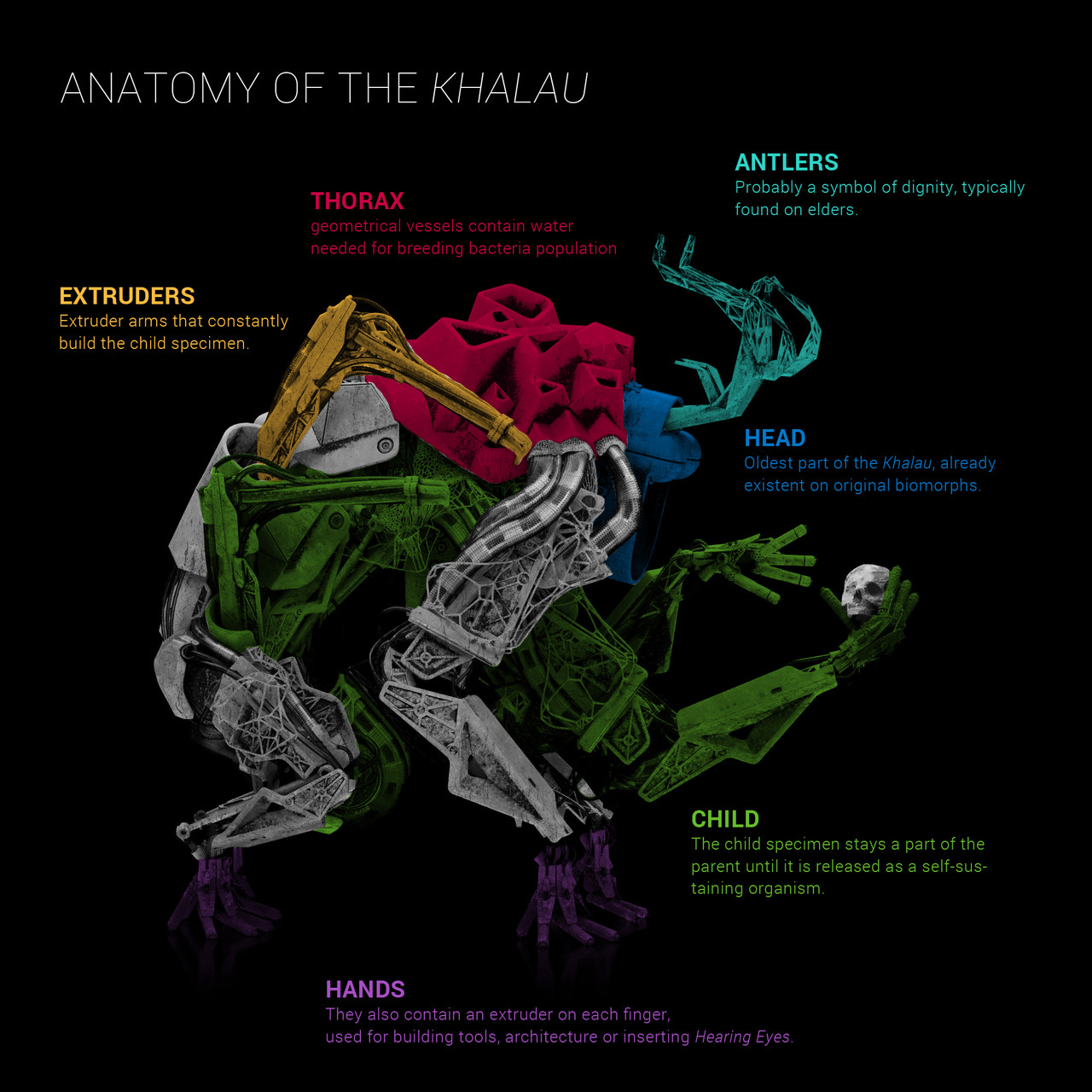
What is your advice for future challengers?
Ellie: Focus on the challenge as a learning experience rather than something to win and that will take the pressure off and allow you to grow more as an artist. Also continue to support your fellow challengers because the Artstation community is what makes these challenges so special.
Artem: I think you need to be self-confident and believe that even if you do not take the first place, your knowledge and skills are the most important prize for participation. And of course, I want to wish good luck to all future challengers, because I will definitely participate in the next one and you will need a lot effort to beat me!!
Lukas: Really think about what makes your artwork special! There are tons of awesome artworks around but I think what makes an individual one stand out is not an abundance of skill, but a very very good notion of what you really want to make and how to make it. I believe that every person is creative, but the actual skill that separates the artists from other people and furthermore the awesome artists from the rest is the ability to give form to one’s ideas rather than just being an excellent craftsman.
